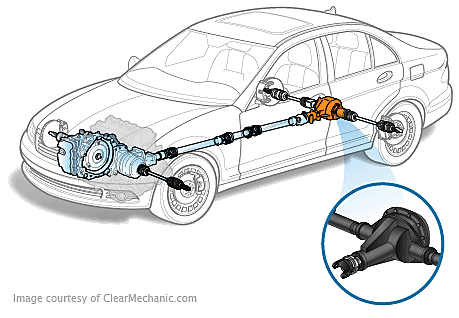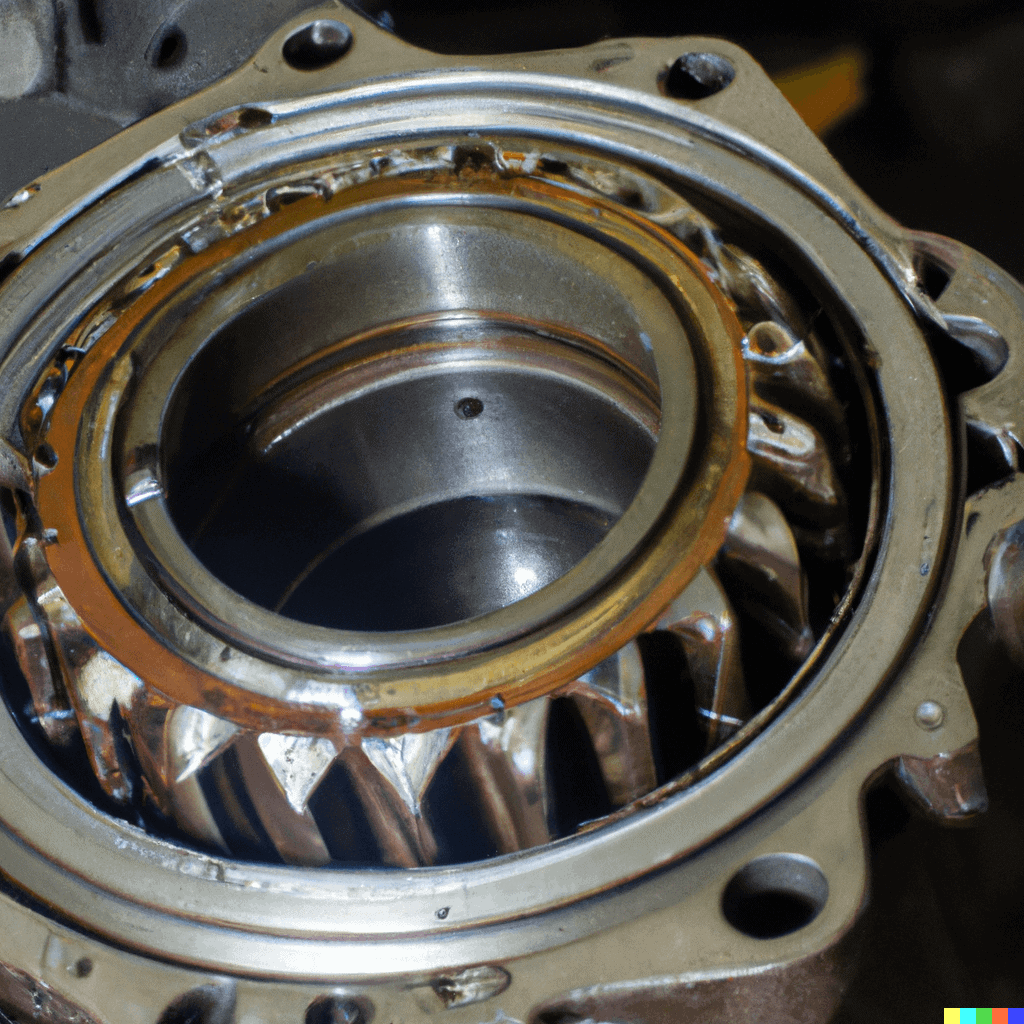Your car’s differential pinion seal may be a small component, but it plays a critical role in keeping your differential lubricated and protected from dirt and debris. If your seal is damaged or failing, it can lead to serious problems with your car’s drivetrain and suspension systems. In this article, we’ll explore what a differential pinion seal is, how much it costs to replace one in Canada, the symptoms of a faulty seal, and what you can do to extend the life of your seal.
What is a Differential Pinion Seal?
A differential pinion seal is a small component that seals the area where the pinion shaft of your differential meets the differential housing. It’s responsible for keeping the lubricating oil inside the differential and preventing dirt and debris from entering the differential. If the seal becomes damaged or worn, it can allow oil to leak out of the differential, leading to excessive wear and tear on the differential and other drivetrain components.

How Much Will it Cost to Replace a Differential Pinion Seal in Canada?
The cost of replacing a differential pinion seal in Canada can vary depending on the make and model of your car, as well as the type of seal you choose. On average, you can expect to pay between $150 and $500 for parts and labor. This cost includes the cost of the replacement seal, as well as the cost of labor for a professional mechanic to install it. The labor time for a differential pinion seal replacement is typically around 2-3 hours, depending on the make and model of your car and the accessibility of the differential.
What are the Symptoms of a Faulty Differential Pinion Seal?
If your differential pinion seal is failing, you may notice one or more of the following symptoms:
• Leaking oil from the differential
• A whining or grinding noise coming from the rear of the car
• Vibration or shaking while driving
• Reduced acceleration or power
If you experience any of these symptoms, it’s important to have your differential checked by a professional mechanic.
How Often Does a Differential Pinion Seal Need to be Replaced?
There’s no set interval for replacing a differential pinion seal, as it can vary depending on driving conditions, mileage, and other factors. However, most mechanics recommend inspecting your differential seals for signs of wear and tear every 50,000 to 100,000 kilometers, and replacing them as needed.
How Does a Differential Pinion Seal Become Defective?
Differential pinion seals can become defective for a variety of reasons, including exposure to heat and friction, driving on rough or uneven terrain, and exposure to road debris and contaminants. Over time, the rubber in the seal can become cracked, torn, or worn, allowing oil to leak out of the differential and causing damage to other components.
How Can a Faulty Differential Pinion Seal Affect Other Systems in the Car?
A faulty differential pinion seal can have far-reaching consequences on various systems within your vehicle. When the pinion seal becomes compromised, gear oil can leak out, leading to insufficient lubrication within the differential. This lack of lubrication can cause the gears to overheat and wear out more rapidly, resulting in grinding noises, increased friction, and eventually, complete failure of the differential. Furthermore, the loss of gear oil due to a leaking pinion seal can result in damage to other drivetrain components, such as the drive shaft, axles, and transmission. The added stress on these interconnected systems can lead to premature wear and potentially expensive repairs down the line.
Additionally, the leaking gear oil itself can create hazardous conditions, especially if it comes into contact with hot surfaces like the exhaust system, increasing the risk of a fire. The leaking oil might also contaminate the brake system, reducing its effectiveness and compromising your ability to stop the vehicle safely. If these additional systems fail due to a faulty pinion seal, the potential repair costs can range from hundreds to thousands of dollars, depending on the extent of the damage.

Is it Safe to Drive with a Faulty Differential Pinion Seal?
Driving with a faulty differential pinion seal is not advisable, as it can compromise your vehicle’s performance, handling, and stability. The leaking gear oil can result in insufficient lubrication within the differential, potentially leading to complete failure of the differential or damage to other drivetrain components. Furthermore, leaking oil can create hazardous conditions, such as increasing the risk of a fire if it comes into contact with hot surfaces or reducing the effectiveness of your braking system if it contaminates the brakes. To ensure your safety on the road, it’s crucial to address any issues with your pinion seal promptly and have it replaced by a qualified mechanic as needed.
How Can I Make My Differential Pinion Seal Last Longer?
There are several steps you can take to extend the life of your differential pinion seal, including:
• Avoiding rough or uneven terrain whenever possible
• Keeping your differential fluid clean
• Inspecting your differential seals regularly for signs of wear and tear
• Replacing worn or damaged seals promptly
• Checking your differential fluid level and topping it up as needed
• Using high-quality differential fluid recommended by your car’s manufacturer
• Having your differential serviced regularly by a professional mechanic
By following these simple steps, you can help extend the life of your differential pinion seal and keep your drivetrain operating smoothly and efficiently.
Conclusion
Your car’s differential pinion seal may be a small component, but it plays a critical role in ensuring your differential stays lubricated and protected from dirt and debris. If you notice any of the symptoms of a failing seal, don’t hesitate to have it checked by a professional mechanic. By taking proactive steps to maintain your differential pinion seal, you can help extend its life and avoid costly repairs down the road. Remember, a little preventative maintenance can go a long way towards keeping your car safe and reliable.
